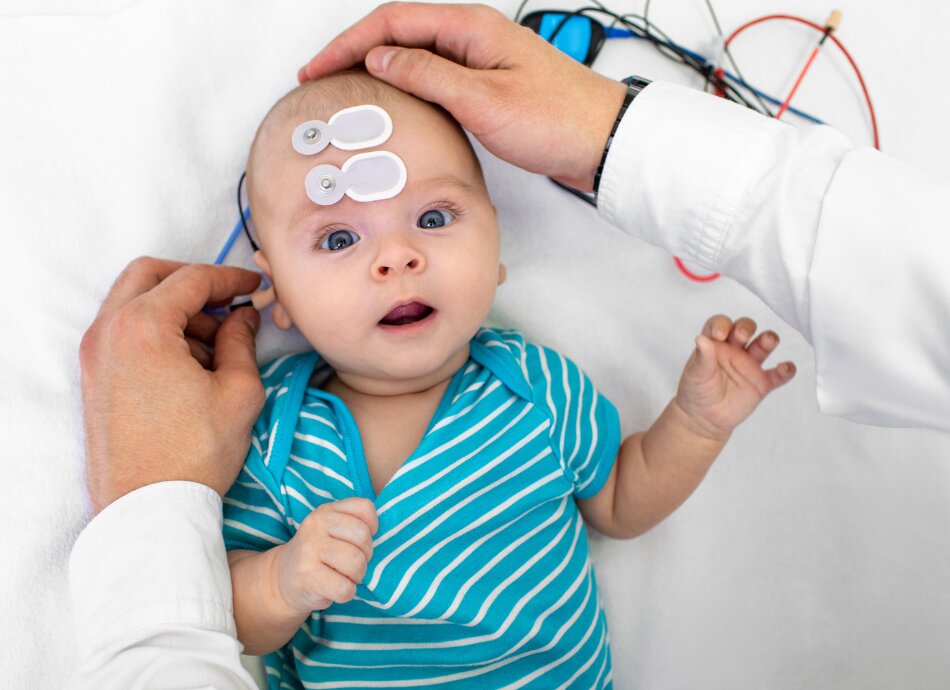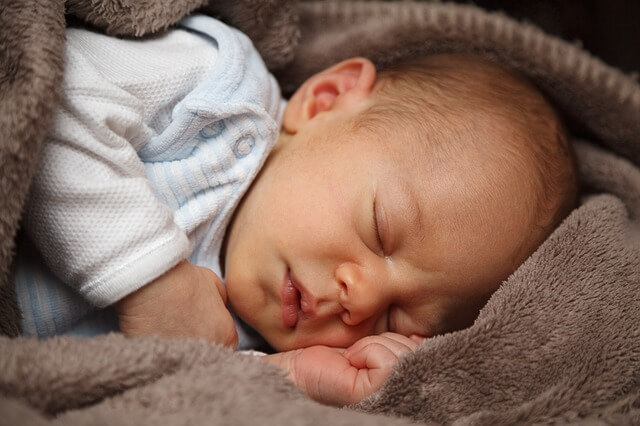Being able to hear well is important for learning how to speak as well as for learning and social development. The sooner any hearing impairment is picked up in a baby or child, the sooner they can get any treatment or support they need.
This screening programme started in New Zealand in 2007 after similar programmes overseas showed strong benefits.



 Image: Pixabay
Image: Pixabay




